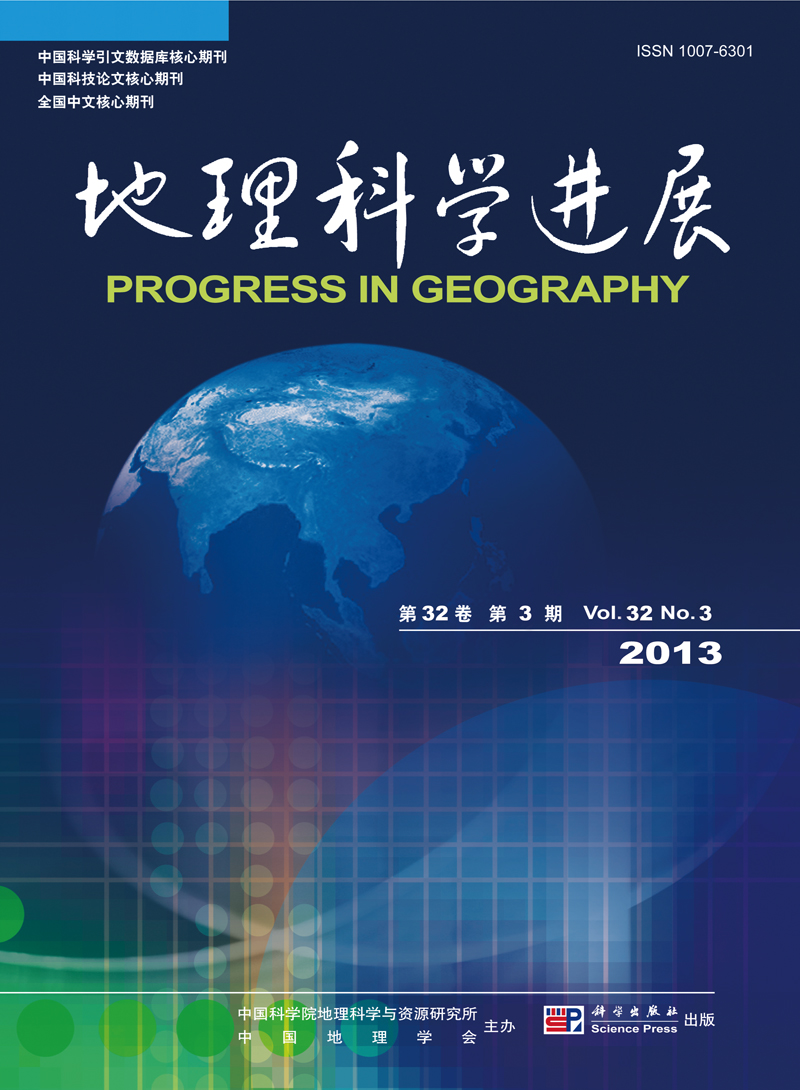JIANG Chong, ZHU Feng, YANG Chen, WANG Fei, MU Xingmin, LI Rui
Based on 52-year (1960-2011) daily data from 47 meteorological stations in the northern and southern regions of Qinling Mountains, the annual and seasonal Photosynthetically Active Radiations (PAR) were calculated with equations of Angstrom and FAO Penman-Monteith. The spatial distribution, change trends and their causes were analyzed and detected with spatial analysis method of spline interpolation, Pettitt abrupt change point detection method and correlation analysis between PAR and relative factors. The results were as followed: (1) the PAR became weaker from north part to south part, i.e. from northern region of Qinling Mountains (NQ), to southern region of Qinling Mountains (SQ), to Han River Basin (HB) and to Valleys of Ba and Wu Mountain Areas (VBW). PAR in summer was the highest, followed by spring, autumn and winter. The distribution of PAR in spring, autumn and winter showed the same spatial pattern as annual PAR, but in summer, PAR in NQ is also the highest, then HB and VBW, and SQ being the lowest one. (2) PAR declined significantly in past 52a, the declining rates became smaller from south and east part to north and west part of this region. Except for an insignificant increase in spring, PAR decreased in other seasons, and the rate in summer was fastest, followed by that in winter and autumn. The maximum and minimum PAR appeared in 1960s-1970s and 2000s respectively in spring, summer and autumn. There were almost half of stations showing an increase of PAR mainly in west and central parts, and the other half stations showing decrease in spring. PAR of 79% of stations decreased in autumn, and the increasing stations were also located in west and central parts. PAR in summer and winter declined in most stations, and the decreasing rate was bigger in south part of Qingling Mountains than in north part. (3) 89% of stations had abrupt change points of yearly and summer PAR, and about 85% and 90% of them happened between 1979 and 1983, respectively. There were no obvious abrupt change points in spring or autumn. (4) Climate change (wind speed declining), fast urbanization and more aerosol emission from industrial production were the main reasons for the continuous decline of PAR, and the aerosol emitted from volcanoes was the main reason for fluctuation of PAR.
